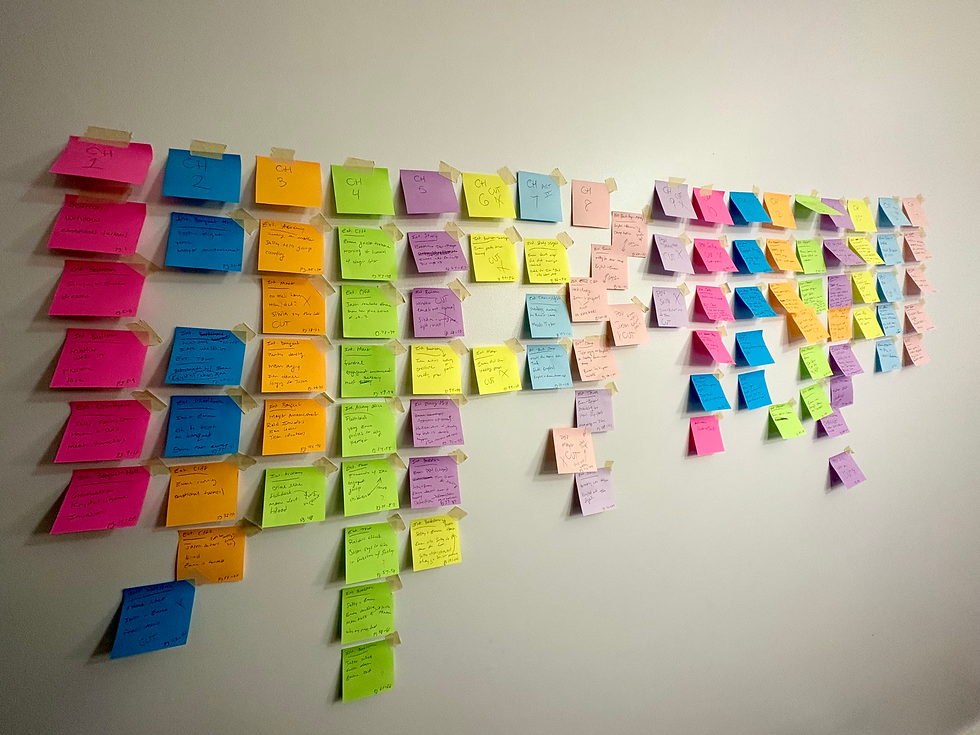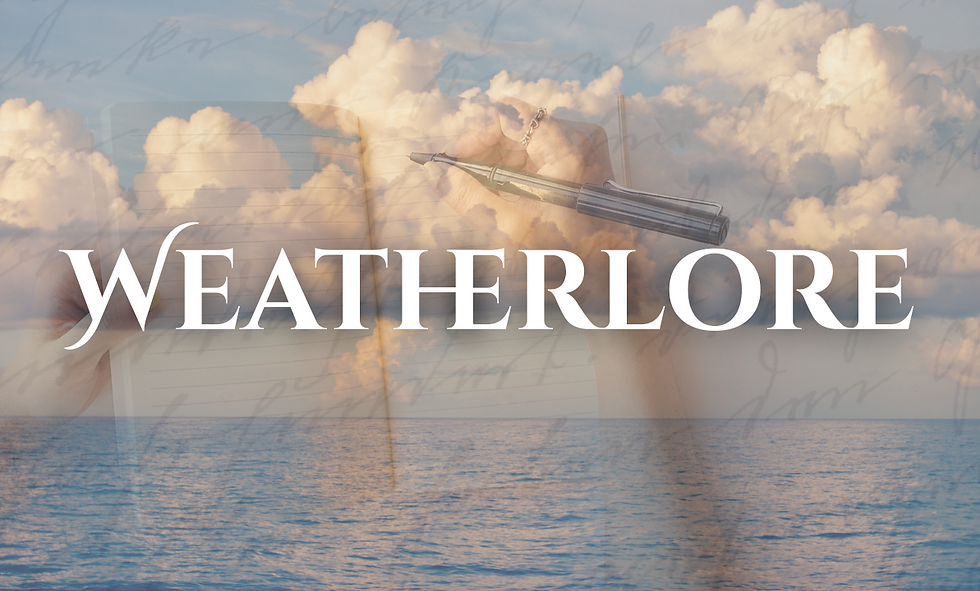The Plot Breakdown For Storytelling
- Diana Elizabeth Clarke

- May 1, 2021
- 8 min read
Updated: May 30
The biggest mistake writers make is forgetting to plot

The plot is the skeleton of the story, but unfortunately it is a common occurrence for the plot structure to be lacking. A story with no plot is a story with no bones. During my time interning with Future Random House (FHP), I noticed how frequently submitted manuscripts were rejected due to significant issues with the plot. Without a structure, holes easily exist within the story and characterization is affected too. The main review I gave to rejected manuscripts when I worked in acquisitions for FHP was that a plot structure was non-existent because the protagonist did not have a clear goal/motivation that moved the story forward.
The main character of a story has to be working toward a goal, which is the foundation of the plot. The protagonist's desire to accomplish their goal motivates them go on the journey that is the essence of the story. But when the plot does not consist of a protagonist goal, there is no purpose for the story and the characterization comes off as bland. This is the case because without motivation the protagonist seems to be making no decisions for themselves. Why are they doing things for the story if they are not motivated to accomplish anything?
This plot issue happens frequently, but it is easily resolved if the writer is aware of this before the manuscript is written. It is a lot more difficult to revise with a large bucket of substantive edits that requires a rewrite of the entire plot. At that point, it's best for the writer to start over with a new draft. Why not save time and write with the plot in mind the first time?
The Plot Map
A trick I use to ensure my story is plot-conscious with a clear structure is The Plot Map. Physically mapping out the plot not only helps with figuring out where the story is going and what it is doing for the characters before hand, but it's also great to have something to refer back to when the writer becomes lost. You can't go on a treasure hunt without the treasure map.

The map is labeled within the Three Act Structure, with plot points dictating the shift of the the acts. Notice the protagonist and antagonist lines, where they collide at the climax. This is because to create tension through a developing conflict, the antagonist must have a goal of their own that works against the protagonist's. They both want something, and the protagonist and antagonist's desires collide into each other to create conflict.
Although the reader may not see everything from your plot map, it's important for the writer to be aware of all aspects of their story. Each plot point has a specific purpose for the overall story and character arch to create a well-rounded story.
Act I
The Set-Up
This section of the plot is approximately the first three chapters of any story, depending on the overall length. A general rule is that the set-up should be about 10% less than a third of the entire story. If it takes longer to lay out the elements of your story, then there is a risk losing the interest of the reader.
The purpose for the set-up is to introduce who the characters are, mainly the protagonist and those who impact their life. The world they live in and what makes them up as a person (their dreams, quirks, personality, etc.) should be incredibly clear for readers to understand the story. The set-up also begins to develop the protagonist's goal, showing clues to what they desire and hinting at what motivates them.
However, writers should tread through this section carefully most are prone to do the unfortunate "info-dump." Much too often, writers rely on giving a large quantity of information in large bats of writing to set-up their world and characters. This is an issue as it relies too much on telling rather than showing the reader the elements of the story. Sections of info-dumping become bland, boring, and unexciting for the readers and makes it very difficult to read on. The set-up should be just as vibrant as other parts of the story to avoid losing reader interest.
The Initial Impact
This is when a "problem" occurs, usually by the hands of the antagonist. The initial impact shoves the protagonist on their journey and is the breaking point that shifts Act I to Act II. This is the moment of the story when the protagonist realizes what their motivations are and begin to enact a plan to accomplish their goal.
Every scene past this point should relate to the protagonist goal or the conflict preventing the protagonist from success. If a scene has nothing to do with the goal or conflict, what purpose does it have for the plot? The twists and turns of the story—the adventure thrusted onto the main character—all begins with a goal that first comes to light at the initial impact.

The initial impact establishes the conflict the protagonist will be fighting against for the remaining duration of the plot (until the resolution). This moment is usually when things start going wrong for the protagonist and they must begin on a journey to fix things. An example is from the movie Wreck It Ralph. Ralph's initial impact is when he is told he will never be welcomed because he's the bad guy. This impact leads Ralph to his goal of becoming a hero, motivated to achieve a gold medal.
Act II
The Journey
The majority of the story is the journey the protagonist embarks on to accomplish their goal. This is the largest section and where the "guts" of the story takes place. The journey shows the readers what the protagonist is doing to attempt to accomplish their goal.
Along the way, they are overcoming trials they come across that briefly stop their progress. The protagonist's journey should not be a straight path that leads them directly to what they want; there needs to be a struggle.
If the writer plans for any side quests or sub-plots, this is when they will take place. However, additional elements to the story should aide the protagonist in their goal rather than distract from it. Why would they take the time to stop their current journey if there was no benefit for it? Even if the benefit is not obviously clear to the characters, there needs to be a purpose for any additions to the plot.
As the story progresses, the antagonist should slowly become more prominent. This can be either through obstacles they create, fear they enlist on the protagonist, or any other entity that disrupts the protagonist from moving closer to their goal. The protagonist begins into experience pressure brought on by the antagonist, which only strengthens their motivation to achieve their goal. Tension must be developing, slowly growing as the antagonist gets smarter, stronger, or both. There must be a threat for the protagonist to fight against, a clear conflict, that takes them on many different pathways before they come head-to-head with the enemy.
The Climax
Everything has been leading up to this point. This is the moment the readers have been waiting for and what all the tension was leading to. The climax is where the protagonist and antagonist collide; where the conflict and goal intertwine. Usually a single scene, the climax is the final part of the second act. After the climatic moment, filled with intense action, the ending of the story begins.
The climax usually consists of some sort of battle, where the antagonist fights to conquer the protagonist. The readers should question in this moment whether or not the protagonist will be successful. There should be a back and forth between who has the upper hand to create suspense. Accomplishing the goal for the protagonist comes down to this one moment. They will either lose or win, but the scene of the climax will determine that.
By this time, the antagonist's reasoning for why they are doing what they are doing should be clear for the reader. Throughout the journey the readers and protagonist could be questioning the motives of the antagonist, but by the time of the climax those answers should be revealed. Traditionally, it is done through the "evil monologue" of the antagonist where they tell their plan before the big fight breaks out.
The "evil monologue" has become a cliche storytelling trope to the point where many writers make their characters aware of this and make a joke out of it. Other methods can be used to reveal the antagonist's wants, whether it be through the protagonist discovering a letter, eavesdropping, or finding clues for them to figure it out. No matter how it is done, once the climatic fighting between the antagonist and protagonist takes place, all motives should be clear for the characters and reader.
Act III
The Downfall
This can be interpreted two different ways, depending on the outcome of the story and where the writer has taken the plot. The outcome of the climax will determine which way the downfall plays out. This section of the plot can be either the downfall of the antagonist through how they are finally defeated, or the downfall of the protagonist through some sort of failure. Either way the writer chooses, some character must experience a loss.

The loss for the downfall is usually through the loss of success. Typically, the downfall is of the antagonist failing their goal and the readers get to see their consequences. This can be seen in Scooby-Doo when the bad guy gets arrested or in Indiana Jones when the Nazis opened the ark and they all perish.
However, in some occasions it is the opposite. The downfall is not always through the consequences of the antagonist. If the writer chooses to do so, the downfall could be through the protagonist getting something taken away from them. Take the movie Titanic for example. The downfall is Rose losing her love Jack. The protagonist took an incredible loss before the story began to resolve after the climax of the ship sinking.
The Resolution
The resolution typically showcases the aftermath of the climax and downfall. This is when the readers get to see what happened to the characters right before the story comes to a close. We either get a happy ending here, seeing how the protagonist's life has improved after their adventure, or we can get something more solemn as the protagonist accepts the affects of the story.
This is the shortest section of the entire story, as it's purpose is to only tie up any loose ends and wrap it up in a neat little bow. Any pending questions the readers had throughout the story must be answered by this point. This is not the time to introduce anything new. Things should be wrapping up here rather than starting.
Small hints to a sequel can be placed to entice the readers to continue the series, but it shouldn't be so strong that the readers react negatively to feeling like the story was cut short. Cliffhangers are okay, if done properly. Your hanger can dangle an idea of another book, but it should not feel like any scenes or stories were chopped off abruptly. Even if you plan for a sequel, the story needs to have a well-rounded ending.
Think of your plot as a ribbon; as the story progresses it gets looped and tangled until the resolution where that ribbon is now a neat bow. You don't want it to be messy or else the readers will believe that too. Resolutions should be clean, detangling any knots that may exist.





Comments